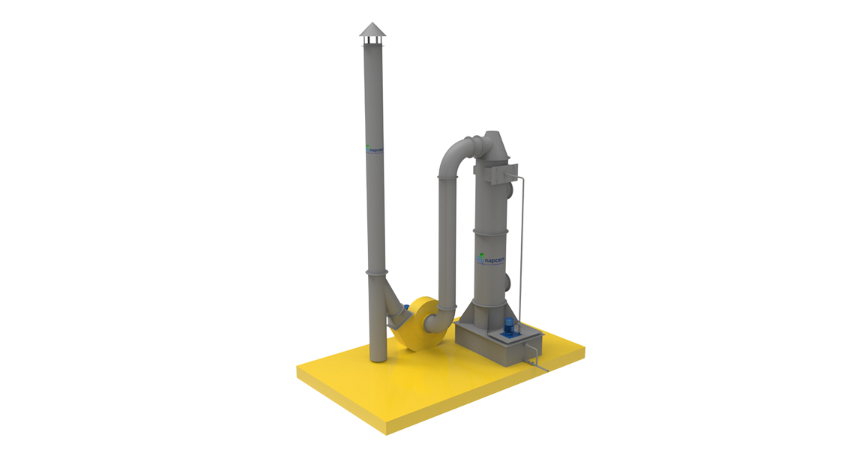Here are the key components and working principles of a Packed Bed Scrubber
-
Packing Material
The heart of a packed bed scrubber is the packing material. It is typically a bed of various materials, such as plastic or metal structured packing, random packing, or special materials designed to maximize the contact between the contaminated gas stream and a scrubbing solution.
- Scrubbing Solution
- Gas Inlet
- Counter flow or Cross flow
- Mass Transfer
- Mist Elimination
- Outlet
- Overflow and Re-circulation


